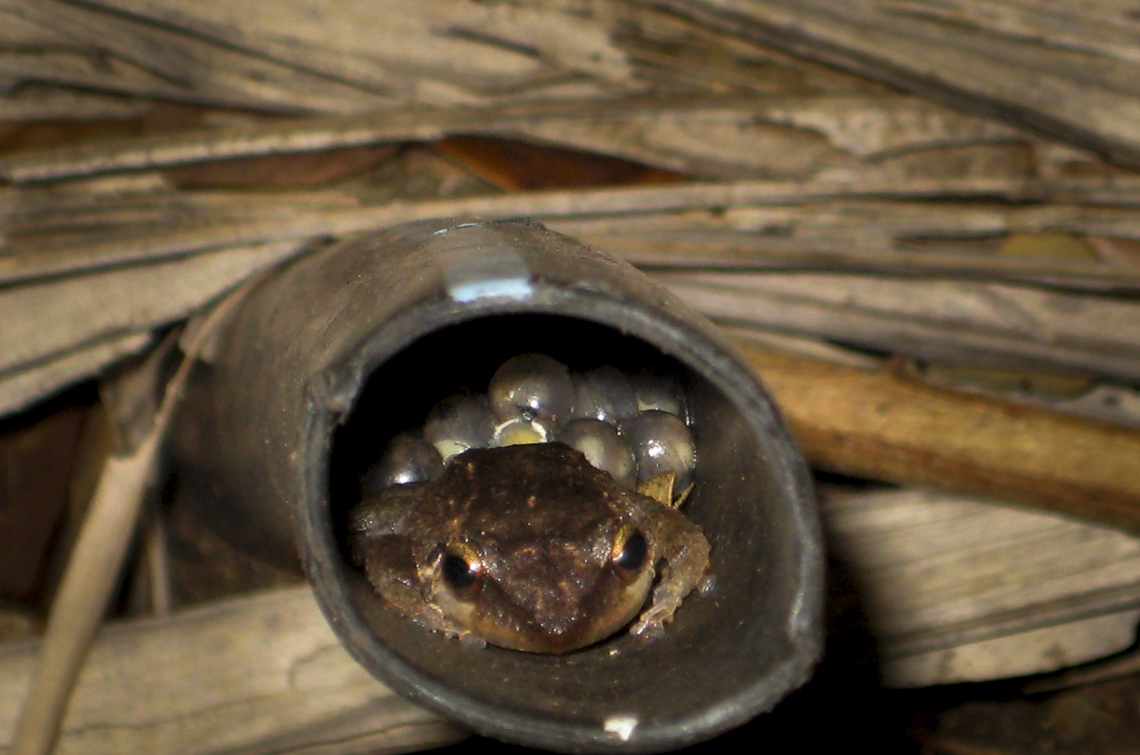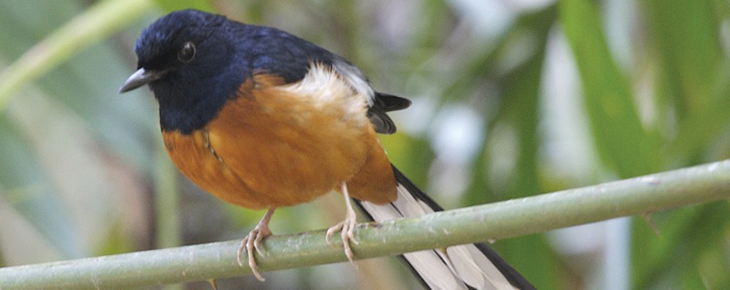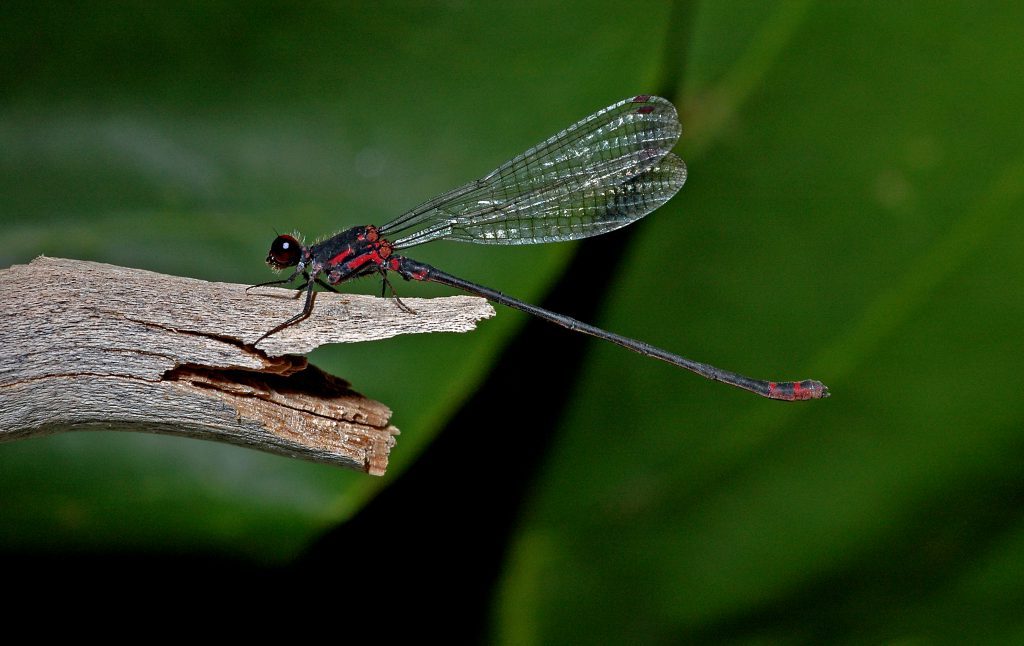From Maui’s coastlines to our mountain slopes, the naio tree provides shelter for native animals and helps prevent erosion. Naio…
Read More
Kia'i Moku Column
Invasive longhorned beetle bores into fruit trees, threatening crops
In 2009, a resident of Orchidland subdivision in Puna on Hawaiʻi Island found a strange beetle with extremely long antennae…
Read More
Illegal dumping risks spreading invasive species
The evening of July 24, 2018, a Maui resident living near the Five Corners area of Haʻikū heard something she…
Read More
Introduced songbirds can be invasive in Hawai’i
In March of 2018, a cluster of reports from Maui residents and visitors of White-rumped shamas in West Maui came…
Read More
Native species recovering at Mokio Preserve on Moloka’i
On the windswept, northwestern corner of Moloka’i there is an old cattle pasture that, until recently, was covered in kiawe,…
Read More
The native dragonflies and damselflies of Hawaiʻi
Twenty million years ago the Hawaiian Island chain was very different from what we see today. Laysan and Gardner Pinnacles…
Read More






